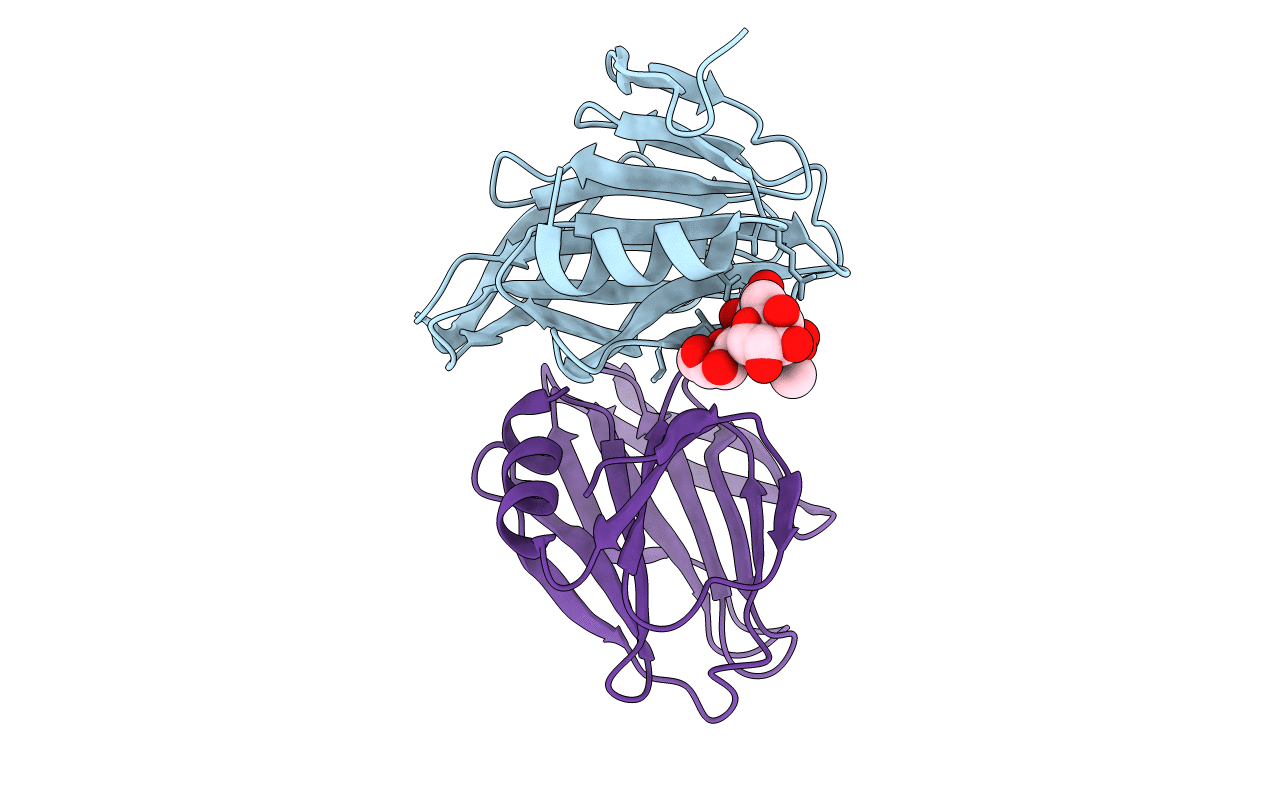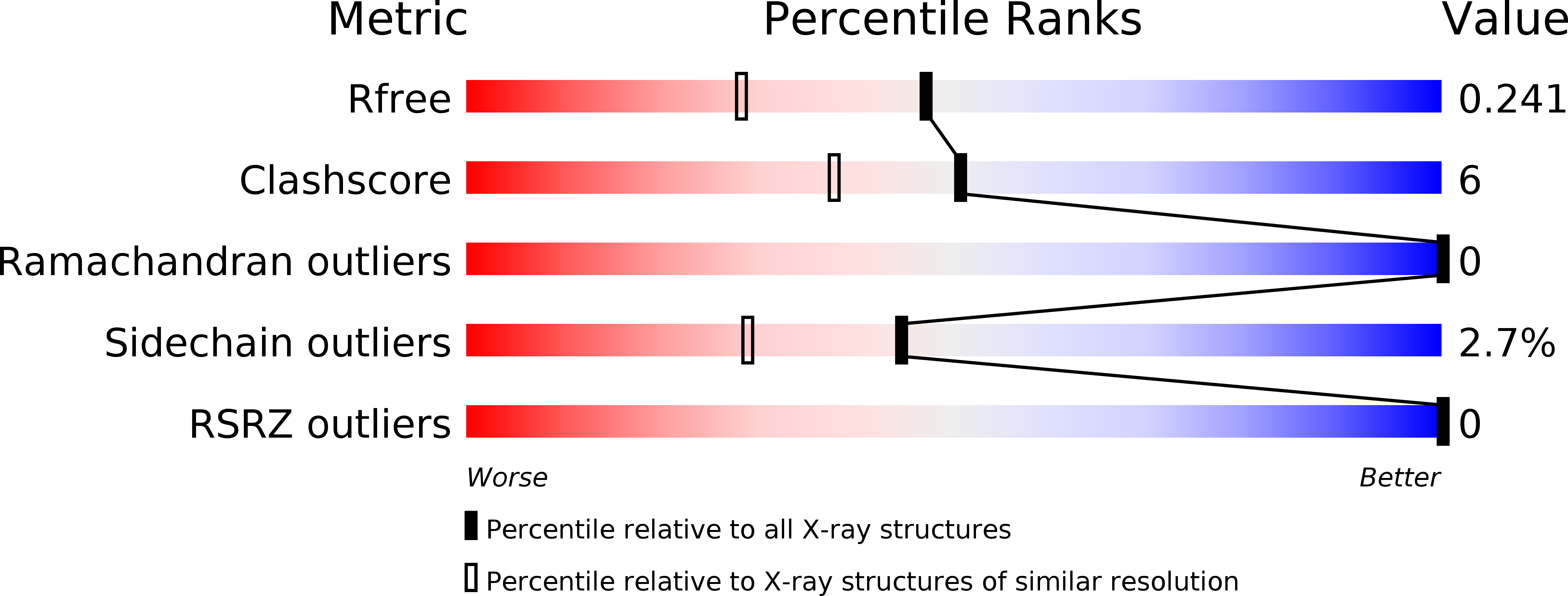
Deposition Date
2018-08-06
Release Date
2019-06-12
Last Version Date
2024-01-17
Entry Detail
PDB ID:
6HA0
Keywords:
Title:
Unraveling the role of the secretor antigen in human rotavirus attachment to histo-blood group antigens
Biological Source:
Source Organism:
Rotavirus A (Taxon ID: 28875)
Host Organism:
Method Details:
Experimental Method:
Resolution:
1.85 Å
R-Value Free:
0.23
R-Value Work:
0.17
R-Value Observed:
0.17
Space Group:
P 1 21 1


